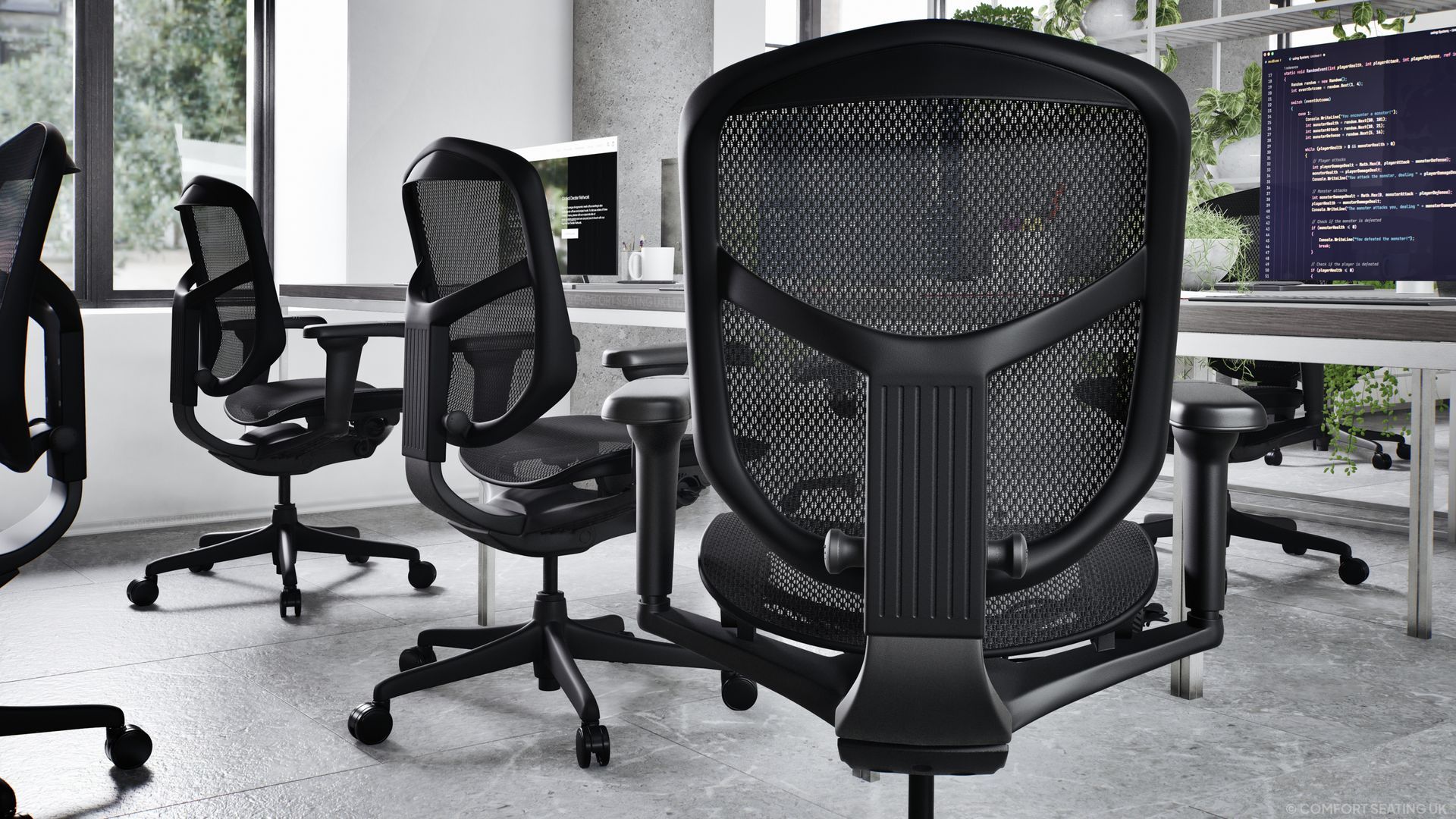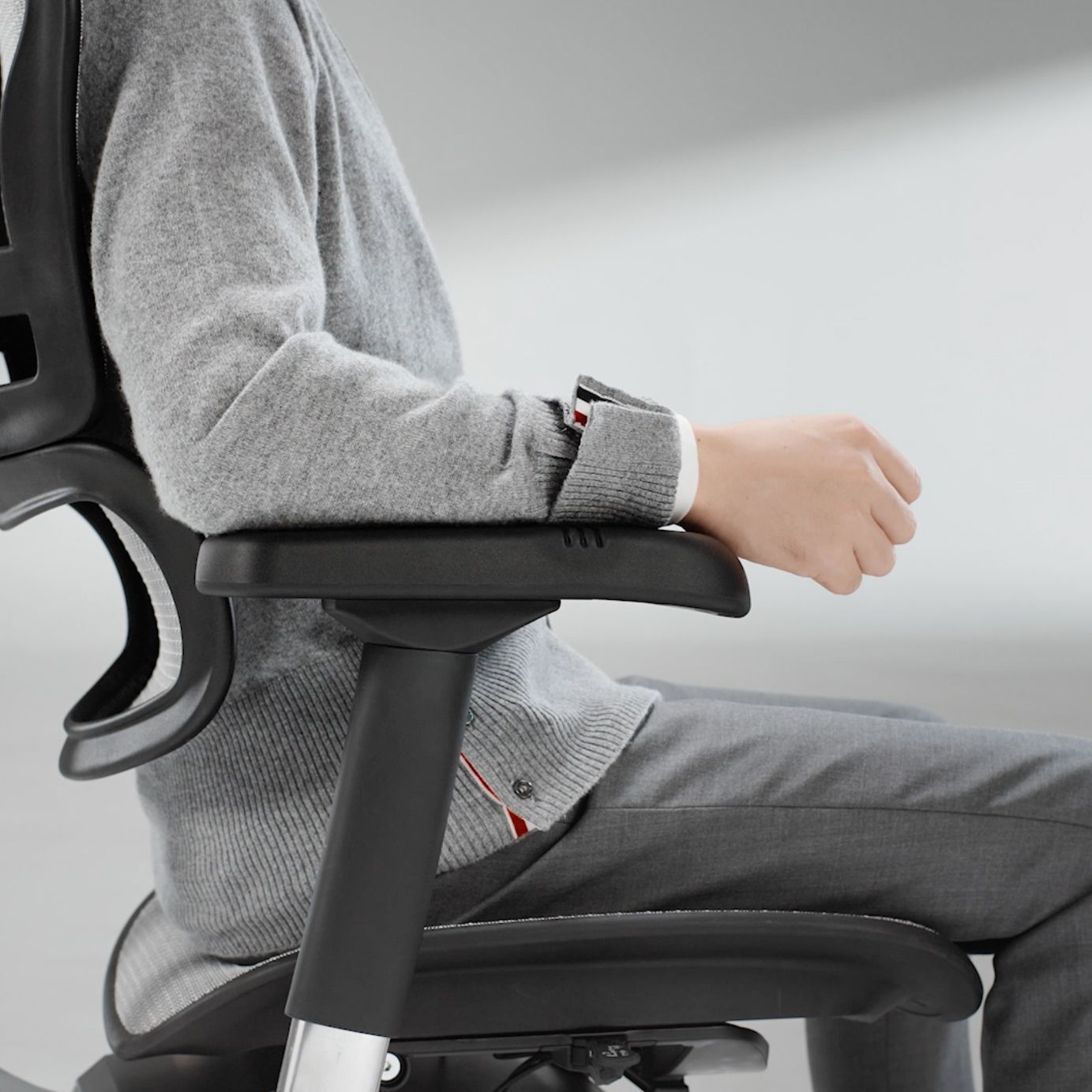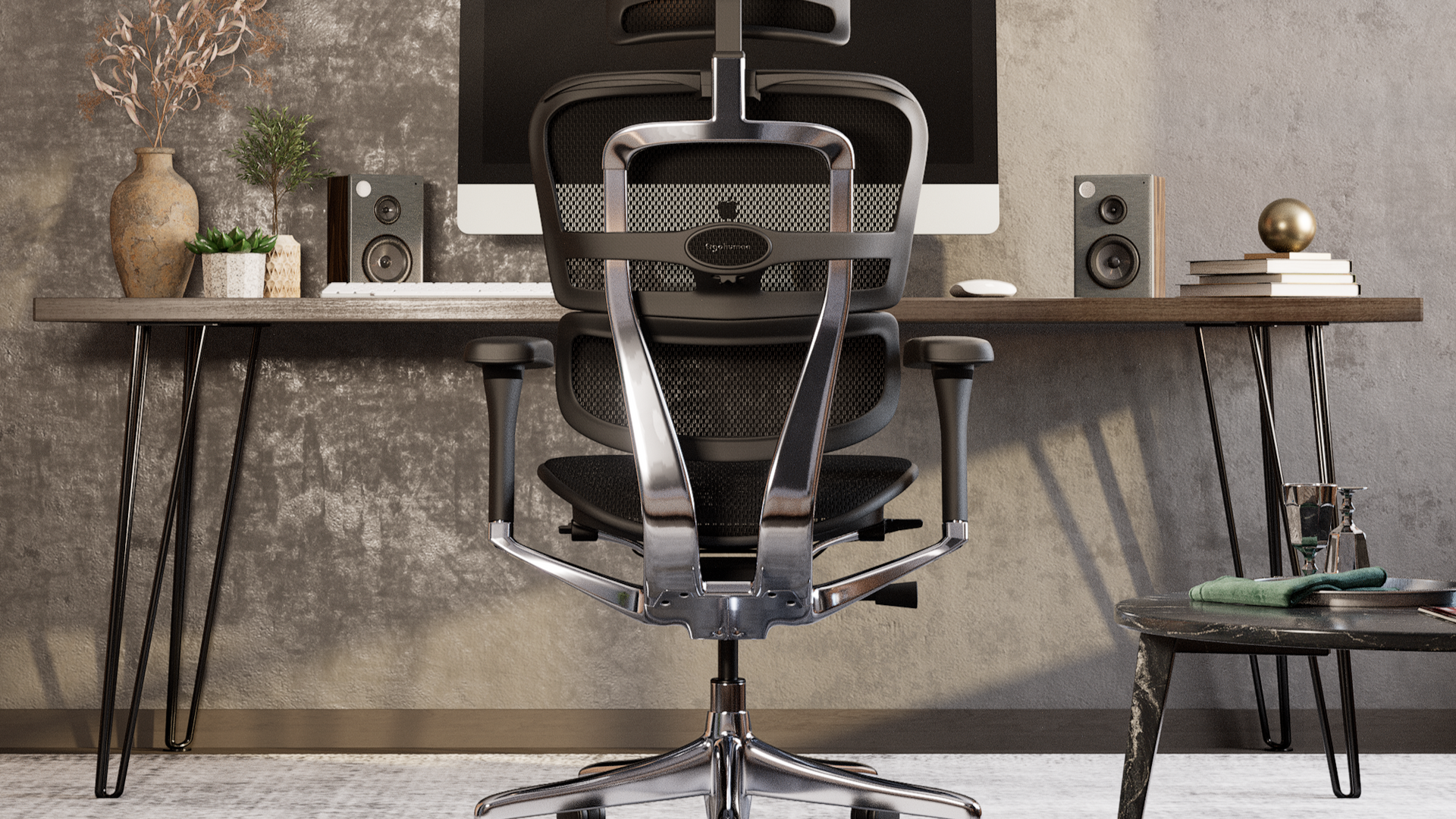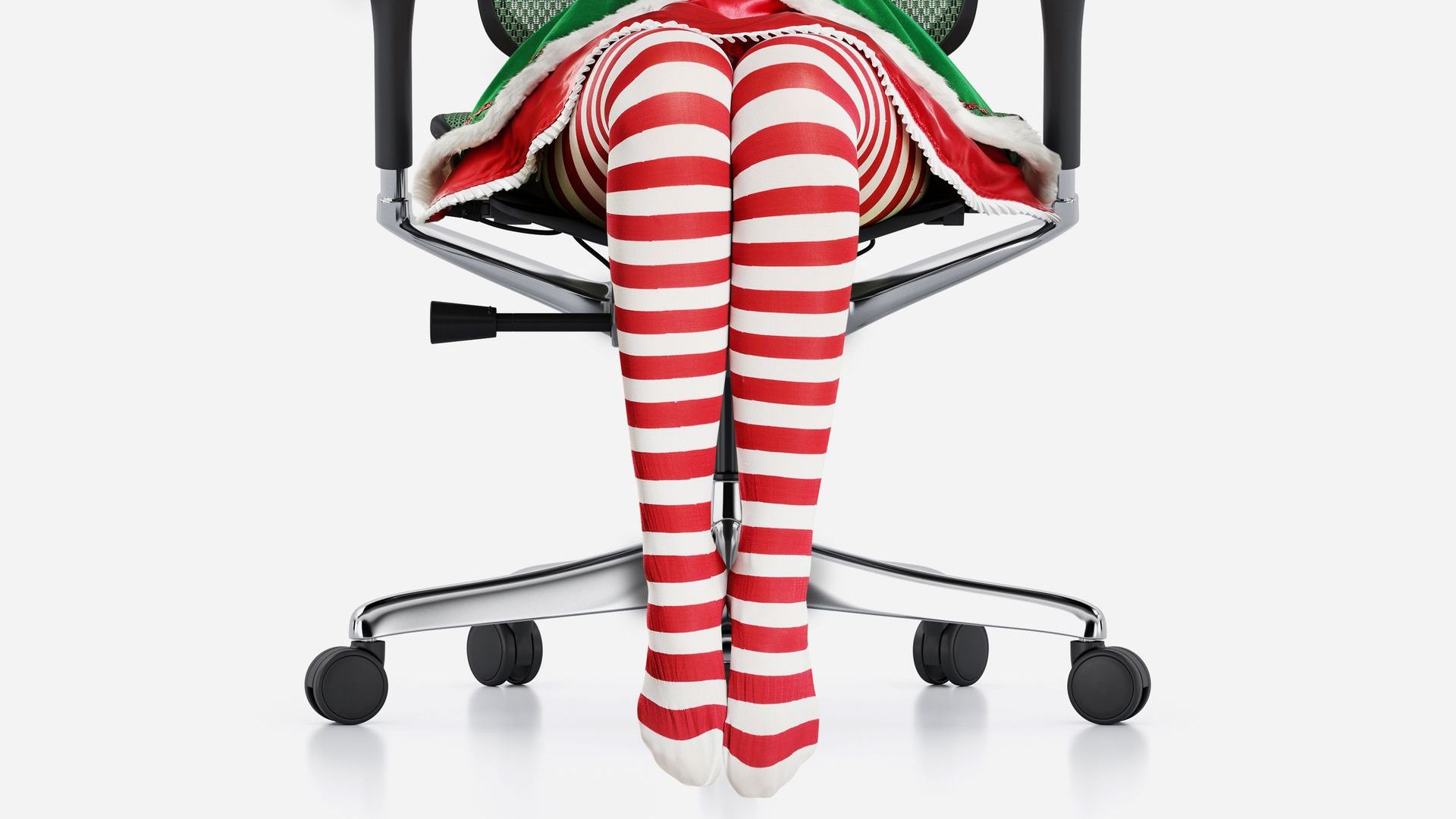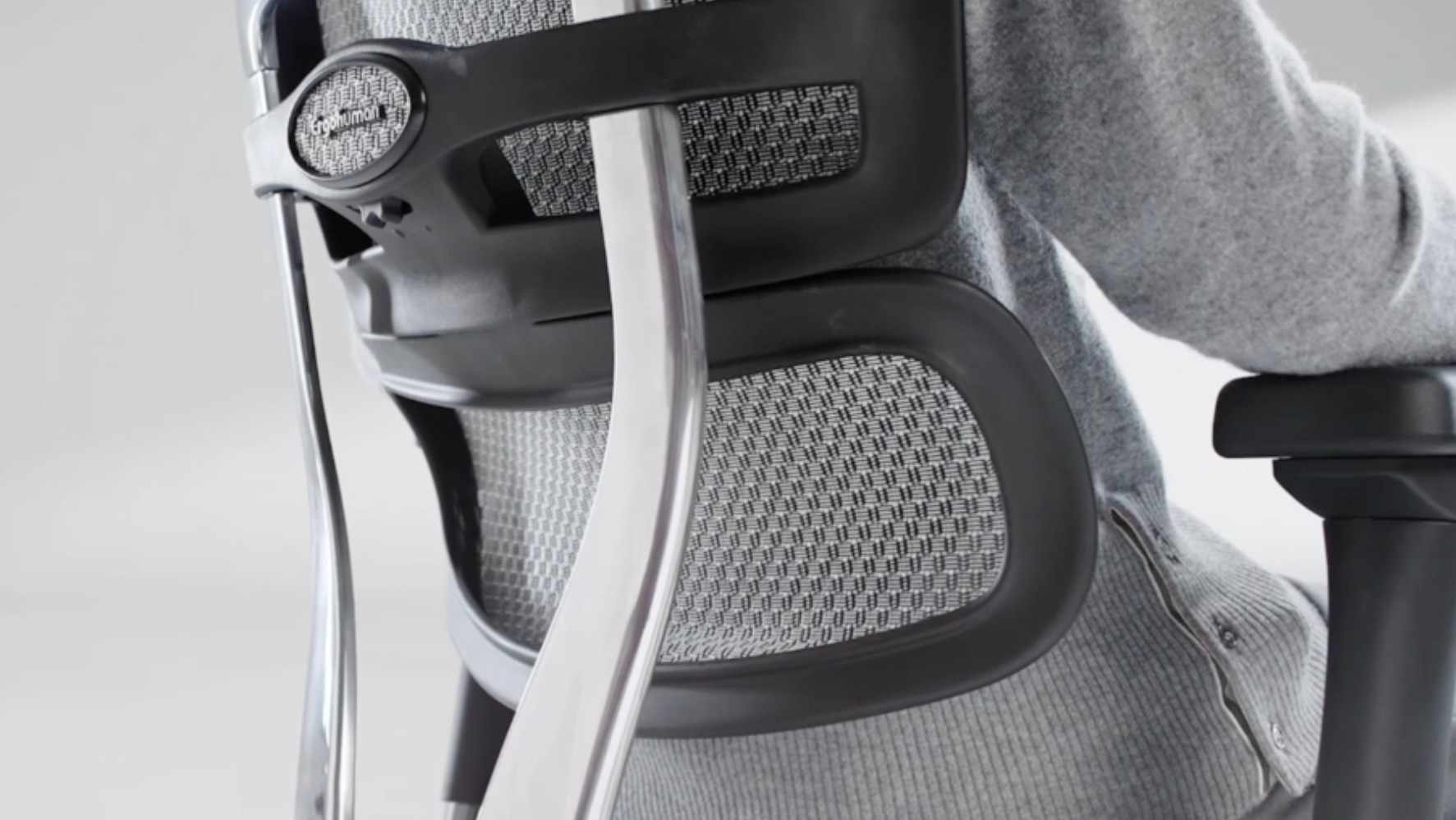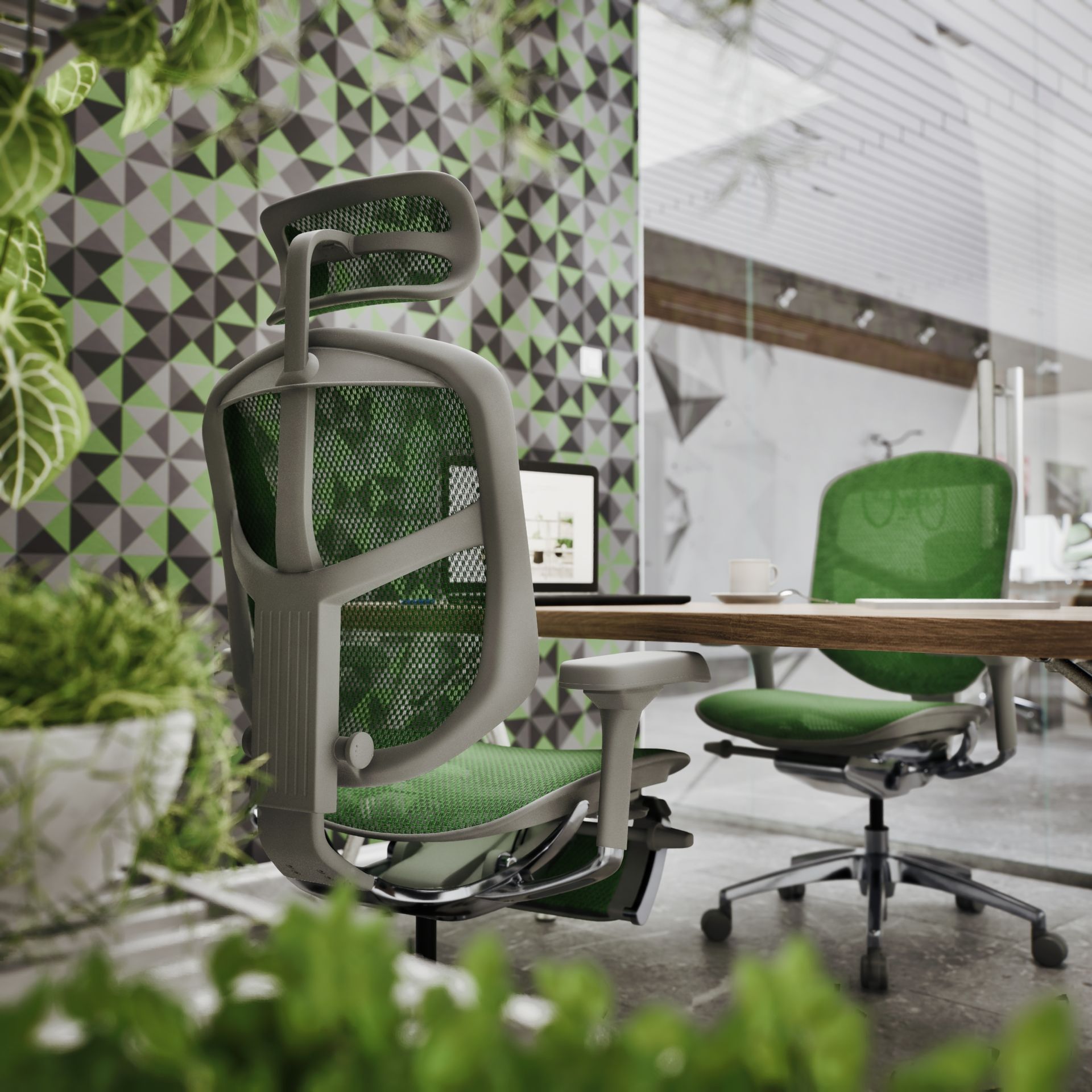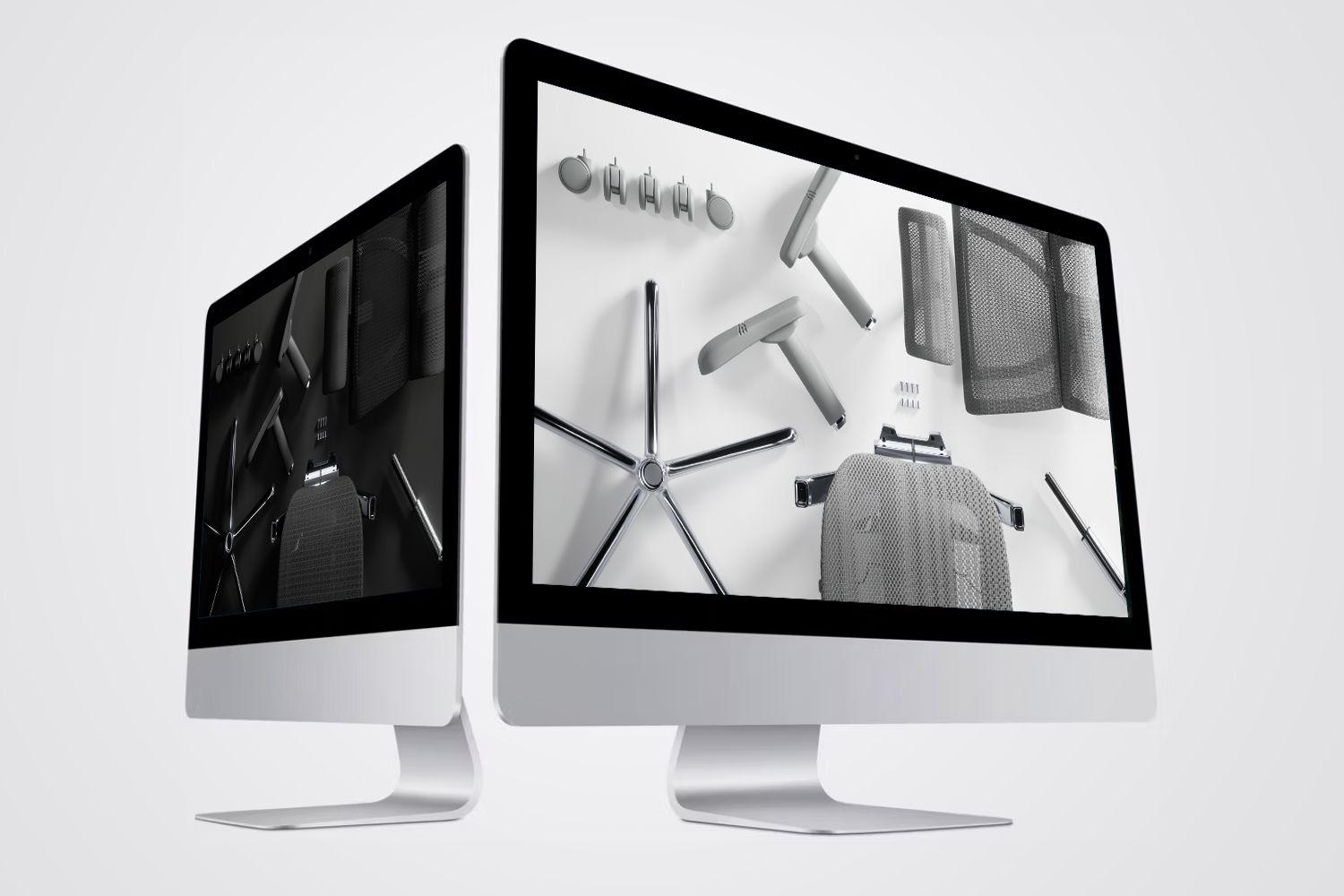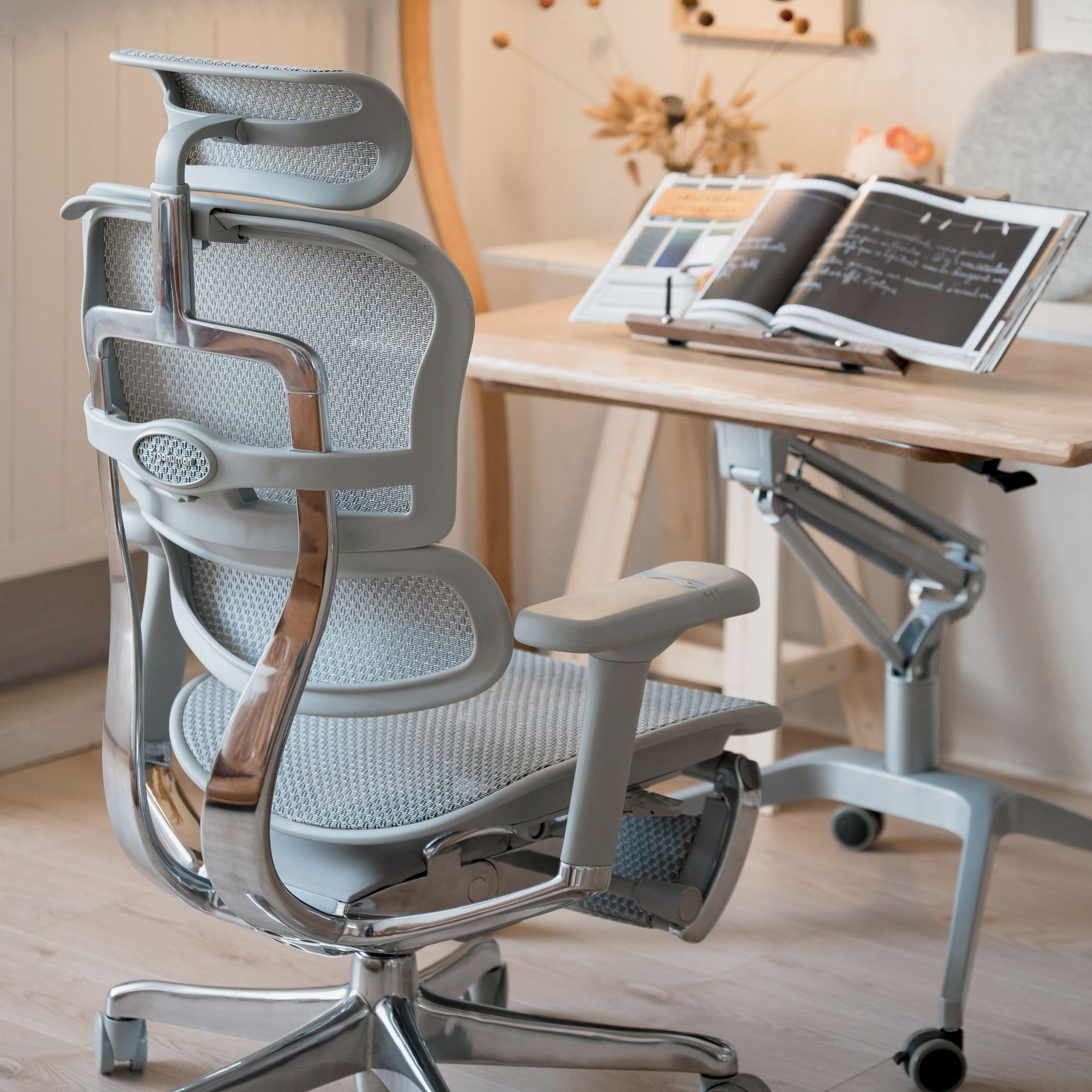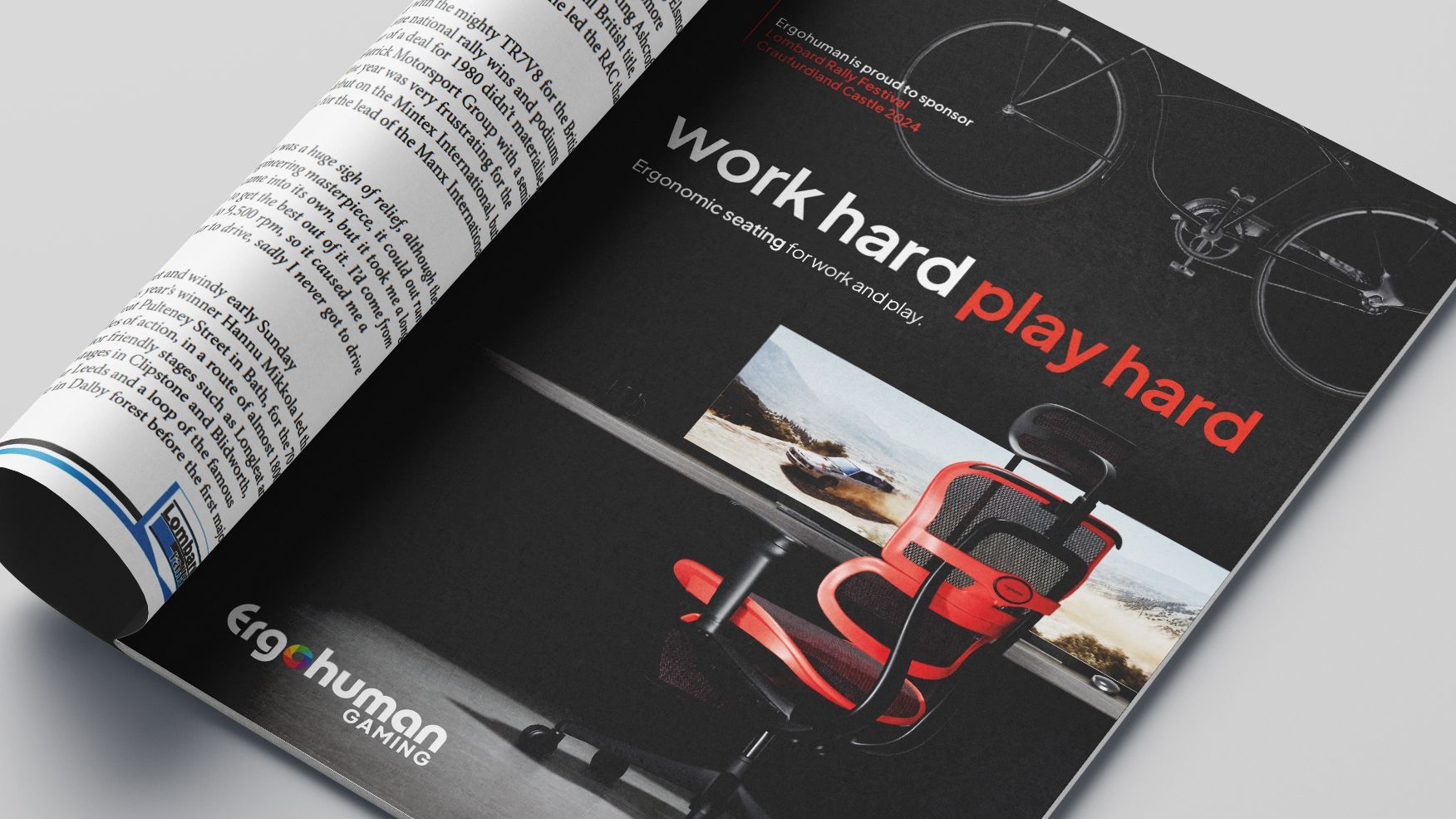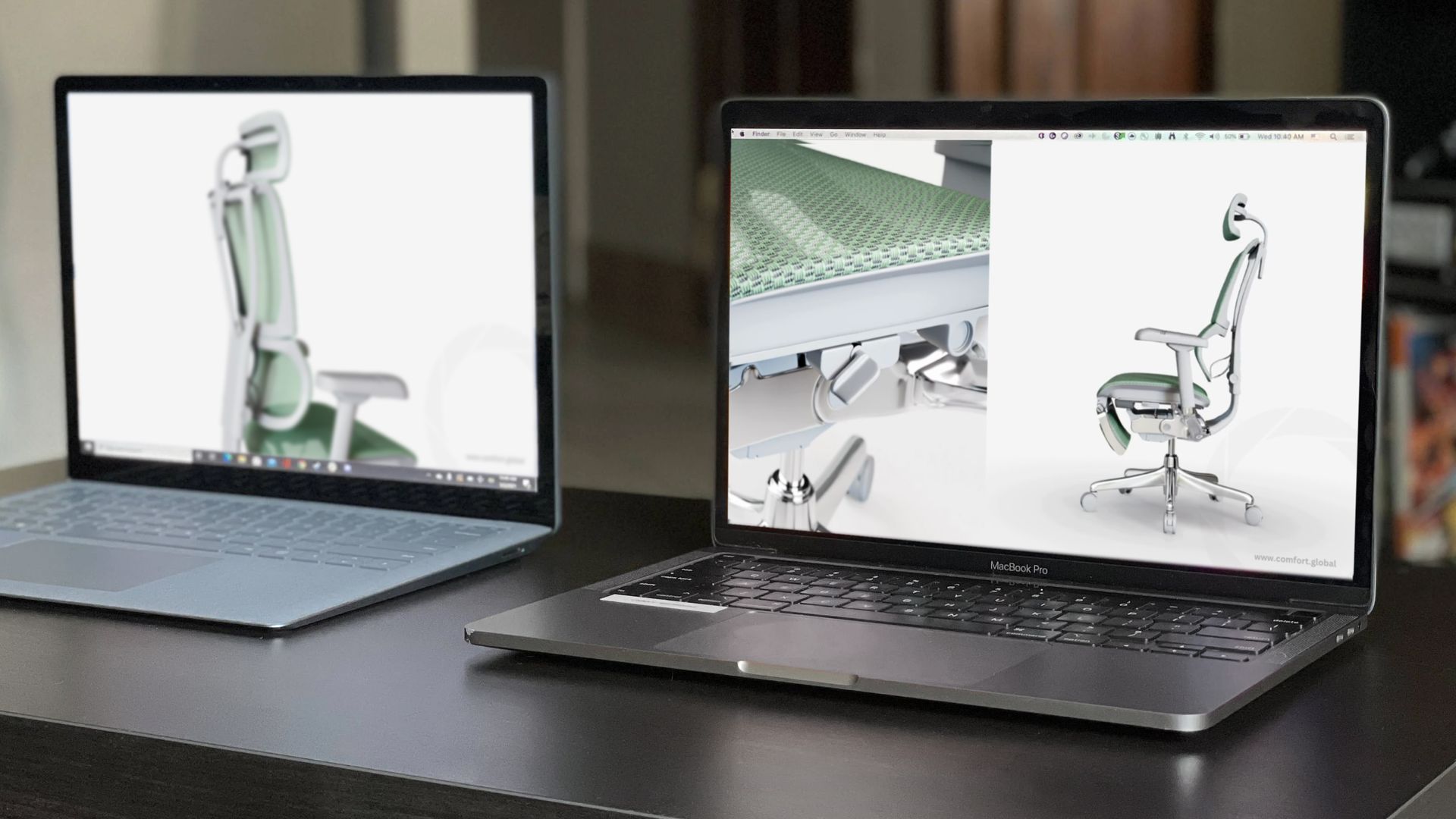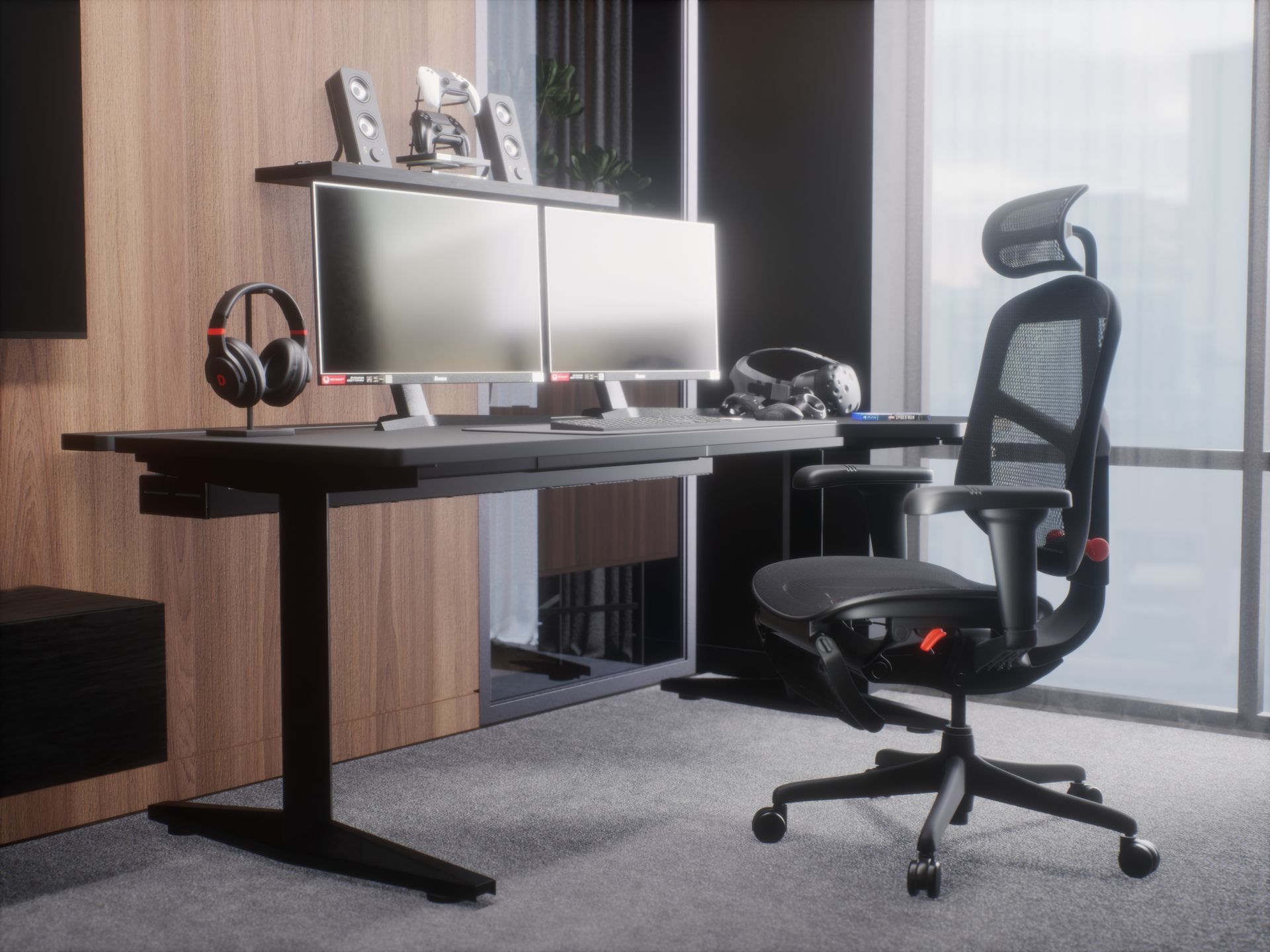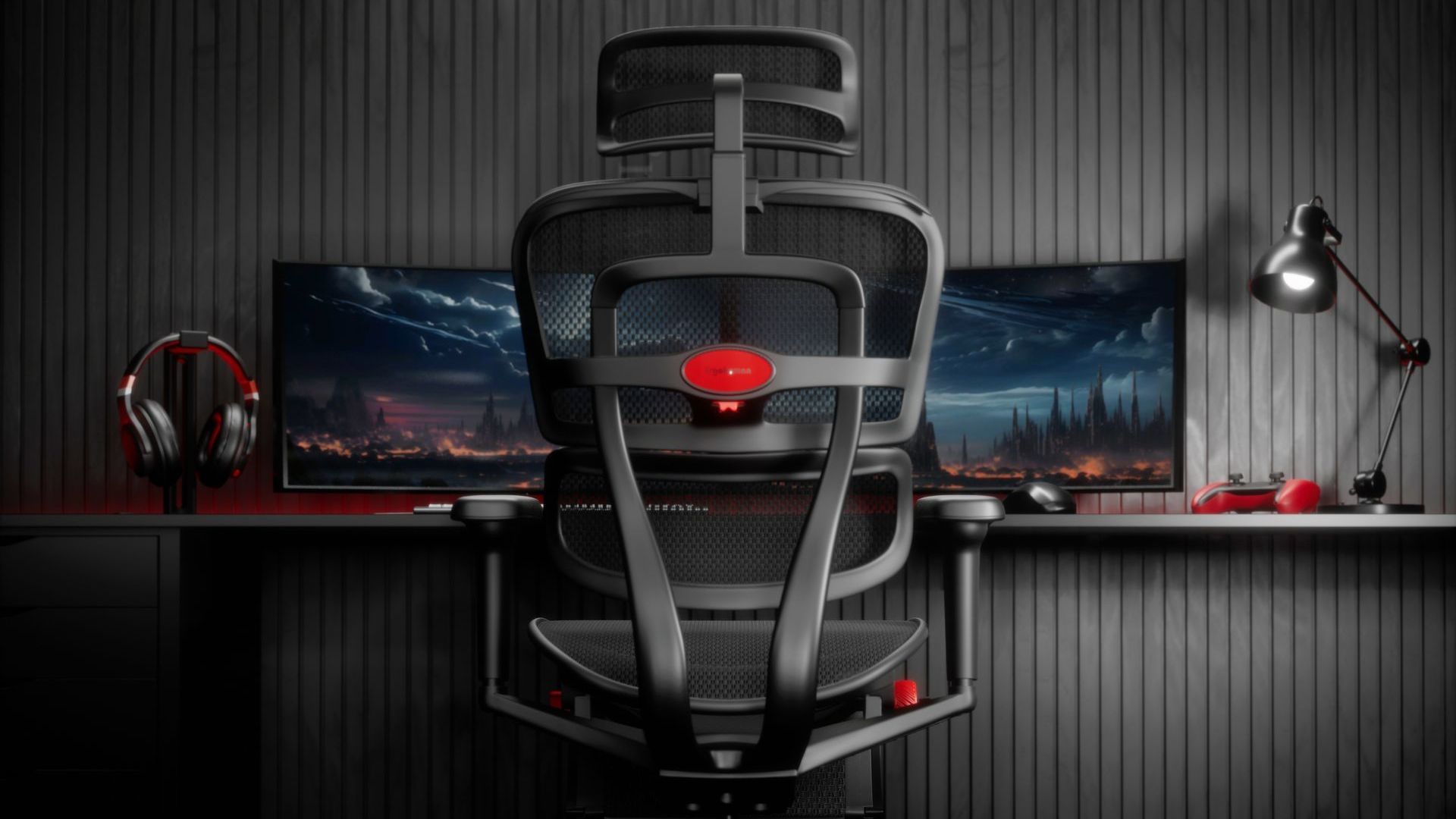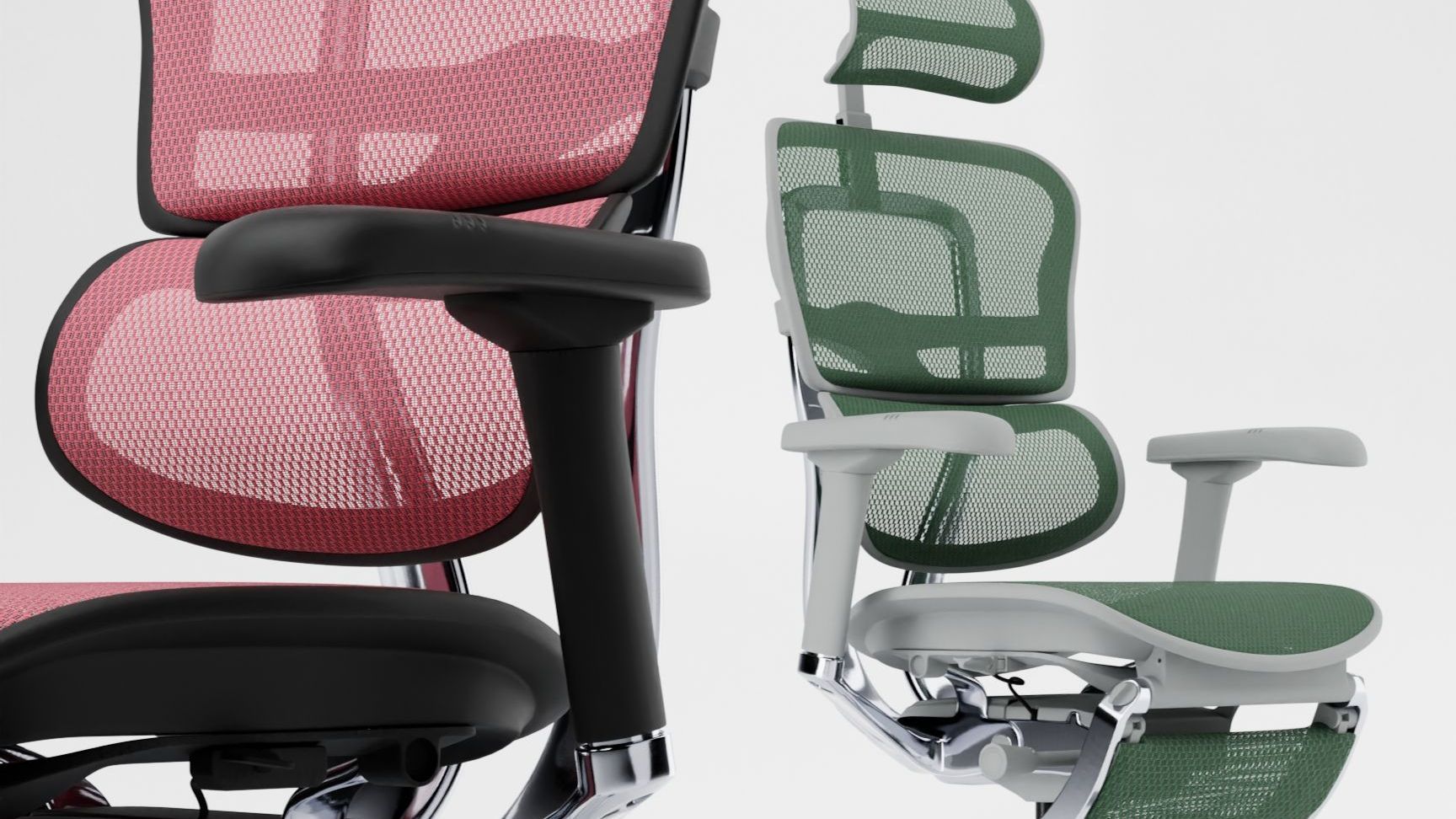What is ergonomics? Its impact on comfort and productivity
Ergonomics, comfort, and productivity are all closely connected, with each one being essential in the modern workplace. With October being 'Ergonomics Month', it's a perfect time to bring attention to the importance of ergonomics. What is it? What types of ergonomics are there? Why are they important?
At Comfort Seating, nothing matters more to us than providing comfortable and supportive seating solutions to our customers. Designing ergonomic and adjustable office chairs is the foundation of our business, but it's essential that once the chair is in your space, you set it up correctly so that you can experience its ergonomic benefits.
Defining 'ergonomics': what does it mean?
According to the Collins Dictionary, the definition of ergonomics is 'the study of how equipment and furniture can be arranged in order that people can do work or other activities more efficiently and comfortably’. It's sometimes referred to as biotechnology or human engineering.
In simpler terms, it's the study of the fit between people and their work, ensuring the users are put first, fitting the workstation to the person and not vice-versa. In a thorough ergonomic assessment, many things are considered, such as the furniture, but also the environment, the tasks, work arrangements, and the individual – including their anthropometric variations, health conditions, age, any disabilities, attitudes, mental health, and preferences.
The individual person is at the centre of an ergonomic assessment, making the set-up bespoke to them. People are at the core of the systems and technology used, so they must cater to their needs and tasks.
When assessing for ergonomics, the three main factors to consider include the force required to complete the task, awkward or static postures adopted, and repetitiveness of the task. These factors put somebody at higher risk of discomfort. The aim is to eliminate this risk with efficient, easy-to-use, and safe equipment.
The three main types of ergonomics
There are three types of ergonomics, all of which affect how people interact with their environment and how productive they are.
Physical ergonomics
Physical ergonomics is what likely comes to mind when you think of the term 'ergonomics'. The goal of physical ergonomics is to prevent injuries, strain, pain, and improve productivity. Physical ergonomics focuses on the relationship between a person's workspace and their body. A good ergonomic setup will reduce overexertion, repetitive movements, and poor posture.
This can be achieved with ergonomic furniture, such as office chairs, height-adjustable desks, footrests, efficient organisational setups, and monitor stands. Beyond desk jobs, this would include any tools and equipment used to do daily tasks.
Physical ergonomics must take into consideration the individual. For instance, the same office chair might not be suitable for someone who is 4'9" and someone who is 6'6". Therefore, the individual must be at the centre of the design to ensure they are safe, comfortable, and supported.
Cognitive ergonomics
Cognitive ergonomics aims to create a workspace that relieves mental load. A higher cognitive load negatively affects how someone does their job, perceives data, remembers things, reasons, and responds to their workload.
One example would be giving somebody instructions with visual steps rather than written so that they have an easier experience completing a task. User-friendly guidelines, brochures, and equipment all contribute to quality cognitive ergonomics.
Organisational ergonomics
Organisational ergonomics combines both physical and cognitive ergonomics to augment safety and efficiency across the entire organisation. How well is the structure of the company organised? This includes teamwork, communication, and output.
Good organisational ergonomics can be achieved through quality training, cloud-based storage, designated working times, team-building events, hybrid working, and enhanced manufacturing techniques.
The impact of ergonomics on comfort and productivity
The question of whether ergonomics can truly boost comfort and productivity is multi-faceted, but the answer is when done correctly, it should. Of course, there are many factors regarding whether employees are comfortable and productive, but ergonomics is essential.
Poor ergonomics is detrimental. It can lead to various health issues, including musculoskeletal (MSK) disorders, such as back pain, neck pain, tendonitis, carpal tunnel syndrome, shoulder pain, and more.
From 2022 to 2023, the Health and Safety Executive found that 35.2 million days were lost due to work-related illness in the UK⁽¹⁾. 6.6 million of these were attributed to MSK disorders, making them the second-highest reason for lost days. Ten per cent of current UK employees live with an MSK condition.
Causes for work-related MSK conditions include lifting heavy items, long-distance driving, working with DSE (display screen equipment), and repetitive movement. The industries with the most cases of MSK disorders are agriculture, construction, health and social care, and transport and logistics. However, those who work stationary jobs are still very much at risk.
Quality ergonomic furniture – such as Ergohuman office chairs – is designed to provide comfort to the user, minimising the risk of MSK disorders. For example, Ergohuman office chairs are highly adjustable, ensuring each individual can tailor the chair to their anthropometric measurements. With an adjustable backrest height, seat depth, chair height, and lumbar tension, users can experience a significant comfort boost.
The main benefit of this comfort boost is, of course, the instantaneous relief on the body. However, from a company perspective, better comfort results in improved productivity. The Washington State Department of Labor & Industries reported, in a study of 4,000 users, that ergonomics reduced absenteeism by 75 per cent, error rates by 56 per cent, and improved time spent on tasks by 40 per cent⁽²⁾.
The Chartered Institute of Ergonomics & Human Factors reported that ergonomic interventions reduce lost workdays by 88 per cent and reduce staff turnover by 87 per cent⁽³⁾. The Cost:Benefit ratio is, on average, 1:1.78, with the money being earned back in just under five months.
Ergonomic workstations are designed for efficiency, meaning they’re an investment into a more productive team, better staff retention, and higher output.
ERGONOMIC STATISTICS
EFFECTIVE ERGONOMIC INTERVENTIONS
REDUCTION IN MUSCULOSKELETAL PROBLEMS
REDUCTION IN EMPLOYEE ABSENTEEISM
REDUCTION IN STAFF TURNOVER
Cost:Benefit Ratio 1:1.78 with payback of <5 MONTHS
The long-term effect of ergonomic office chairs
The importance of ergonomic office chairs goes beyond ticking a box for ergonomic assessments. For National Ergonomics Month, we want to focus on the benefits of ergonomic office chairs on the human body, the risk of work-related injuries, and workplace culture.
At Comfort, we have spent over two decades studying work environments and designing a chair that suits all kinds of spaces and tasks. Not only are our Elite office chairs perfect for commercial and home offices, but they are suitable for all types and modes of working, including creative jobs, surveillance jobs, healthcare roles, and much more.
The Ergohuman office chairs, including
Enjoy Elite and
Mirus Elite, are designed to support the human body in its most natural and comfortable positions. With over a dozen adjustable features, the chairs suit most anthropometric measurements and weights up to 150 kg. Individuals can adjust the backrest height, lumbar tension, armrests, seat depth, seat height, and much more to fit their preferences and daily tasks.
With proper posture, back, neck, and leg support, our mesh office chairs are designed to reduce the risk of musculoskeletal problems. We want you to be comfortable at work so that you can think less about pain and strain and more about your projects.
Finally, we wanted to provide an office chair that benefits workplace cultures, specifically how employees feel at work. According to the SHP, 40 per cent of workers don't feel mentally or physically supported by their employers⁽⁴⁾. However, the International Journal of Environment Research and Public Health reported that the more ergonomic a workspace is, the more satisfied workers are⁽⁵⁾.
Providing comfortable and supportive environments for employees is crucial for their happiness. Ergonomic furniture is one way to ensure employees feel appreciated. Long-term, ergonomic furniture is an investment in both employees' happiness, retention rate, and productivity. The International Journal of Environmental Research and Public Health reported that the more ergonomic a workspace is, the more satisfied workers are⁽⁶⁾. Therefore, it is crucial to incorporate ergonomic furniture into the workplace design.
OTHER
POSTS
Comfort Seating UK Ltd
Riverbank Mill
2 Stoneygate Road
Newmilns, Ayrshire

